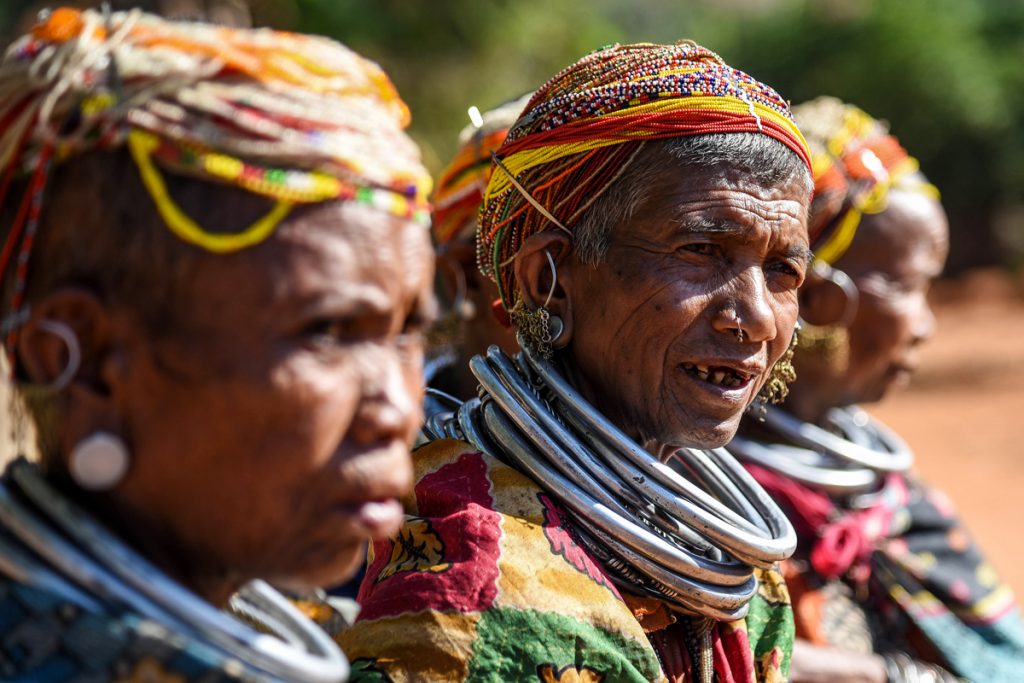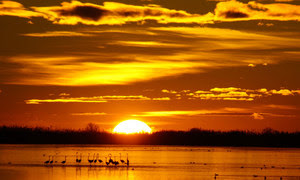by Tanmoy Bhaduri
The Bonda people, living in hilltop villages on the Kondakamberu mountain range in Odisha, are one of the 13 Particularly Vulnerable Tribal Groups (PVTGs) in the state.
• Rising temperatures and deforestation, along with poor development and insurgency by radical groups, have impacted the traditional practices and lifestyle of the Bonda tribal community.
• Community members are abandoning their ancestral villages and migrating in search of a livelihood.
The Bonda people, scattered across 32 remote hilltop villages on the Kondakamberu mountain range of the Eastern Ghats in the Malkangiri district of Odisha, are one of the 13 particularly vulnerable tribal groups (PVTGs) in Odisha. They are believed to be part of the first wave of migration out of Africa about 60,000 years ago. They were the first forest settlers in India. As per the 2011 census, the population of the Bonda community was 12,231 in which females outnumbered the males.
But over the past few years, this group has been impacted by climate change, changing agricultural and hunting practices, rising temperature and water scarcity across the Bonda hills.
As you enter through Khairput roughly 60
Tangible development still eludes the tribe, though the government claims that huge sums of money have been spent for the socio-economic uplift of the community.
Sambari
According to a local person at Mudulipada, who wished to remain anonymous, among the 30 tube wells dug by the Rural Water Supply and Sanitation (RWSS) department and two piped water projects undertaken by the Odisha Tribal Empowerment and Livelihood Project in the Bonda hills, most are lying defunct due to non-maintenance and few have been left incomplete.
Additionally, an open well, fitted with a pump, in Mudulipada has been destroyed in an attack by the Naxal radical group, three years ago. The region, located on the tri-junction of Odisha, Andhra Pradesh
Changing forest cover impacts the Bonda’s access to resources
Depleting forest cover has affected the self-sufficient life in the Bonda hills. The community’s dependence on the land has become negligible. Bondas now practice Dongar Chas (shifting cultivation) in the hills but due to acute water shortage, they cannot produce much of the agricultural products. “As productivity is very less we have to buy vegetables, cereals, rice
Salap and Mahua trees have importance in the Bonda culture as traditional wine is made from the flowers of these trees. With high temperatures in the summers, the Salap tree now dries up and Mahua becomes scarce and the Bondas have turned to make liquor from millets.
Over the last decades, few Bonda men migrated to nearby towns to earn a livelihood, but now women too have started abandoning their ancestral villages as well. “Our daughters have gone to Andhra Pradesh and nearby towns like Jeypore, Koraput to work in hotels,” Jashna Rani Majhi, head of the panchayat of Mudulipada, told Mongabay-India. Youth are migrating for work as the community is no longer able to meet its needs from the forest, she added.
The Bonda Development Agency (BDA) was set up in 1977 by the Odisha government for the development of the community. However, development activities are still to see progress in the region. There is only one Primary Health Centre (PHC) in the upper hills at Mudulipada, which is run by an NGO headed by a doctor from the Ministry of Ayurveda, Yoga and Naturopathy, Unani, Siddha and Homoeopathy (AYUSH),
However, a BDA official Dipak Maharam claimed, “We have improved the drinking water management at Bonda hills but the drinking water crisis has been the worst in summer. We have already started restoring tribal traditions like kitchen gardens managed by Bonda women at each household to supplement their daily needs and livelihood development training for youth.”
Mongabay India




